For many cat owners, the gentle rumble of a cat’s purr is among the most soothing sounds. However, beneath this seemingly simple noise lies a complex form of communication. Cats purr for a variety of reasons, and understanding these nuances can enhance the bond between humans and their feline companions.
The Mechanics of Purring
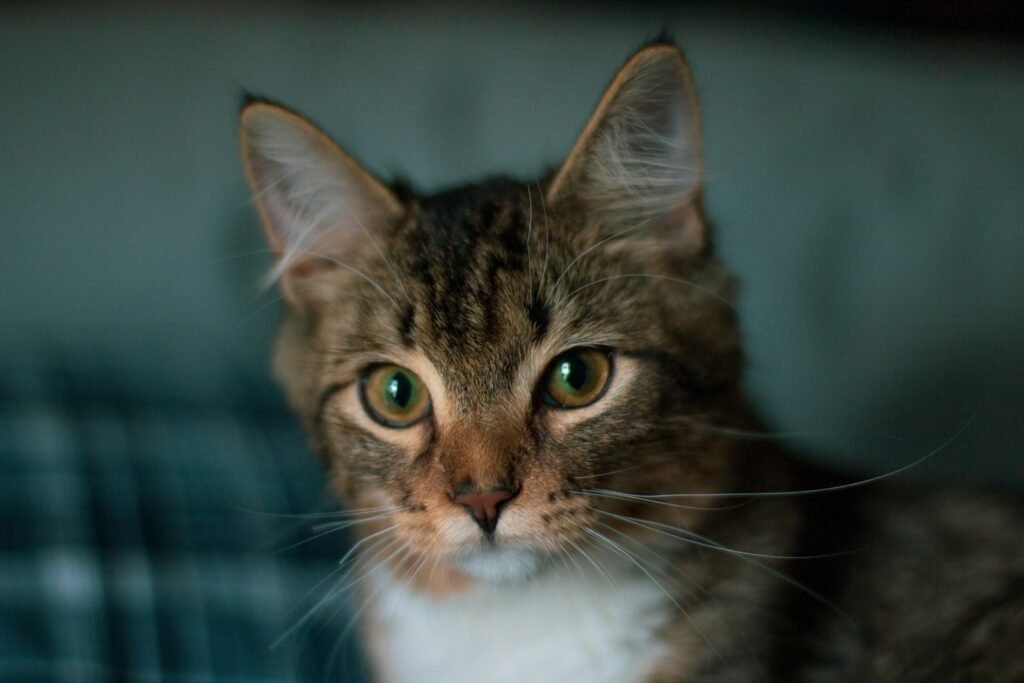
Purring originates from the rapid twitching of muscles in a cat’s larynx or voice box, combined with the movement of air during both inhalation and exhalation. This subtle vibration produces the distinctive sound known to us as purring, typically ranging from 25 to 150 Hertz.
Instinctual Beginnings: The Kitten’s Purr
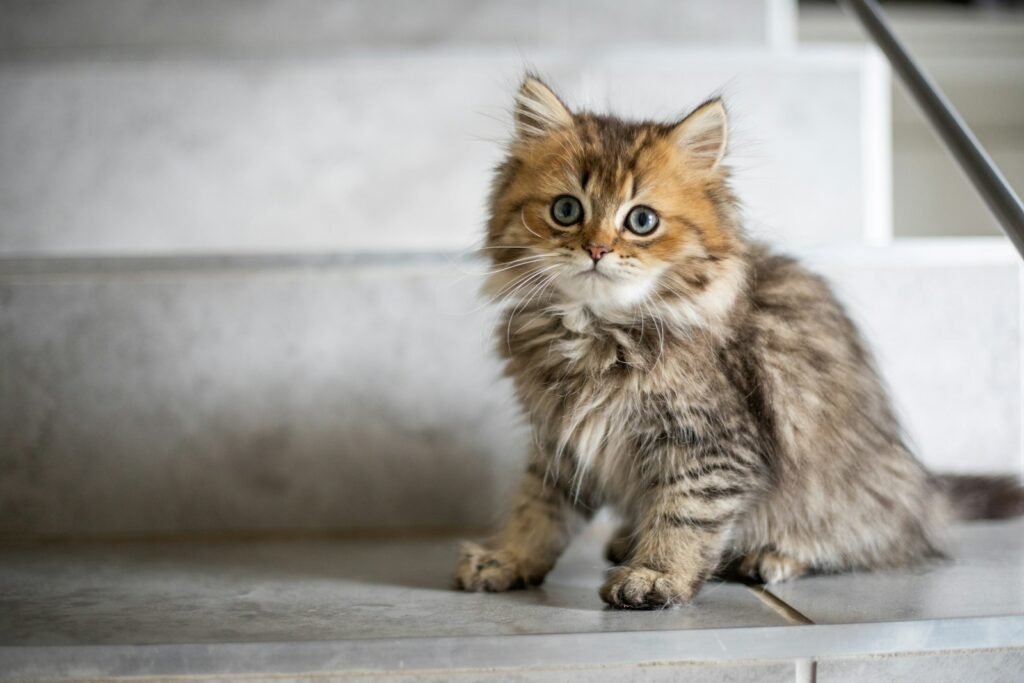
Purring starts almost immediately after birth. Kittens purr to communicate with their mother and express well-being. It serves as an instinctual bonding mechanism, indicating that they are content and safe during feeding times, allowing the mother to know that her young are nursing and healthy.
Comfort and Contentment: The Classic Purr
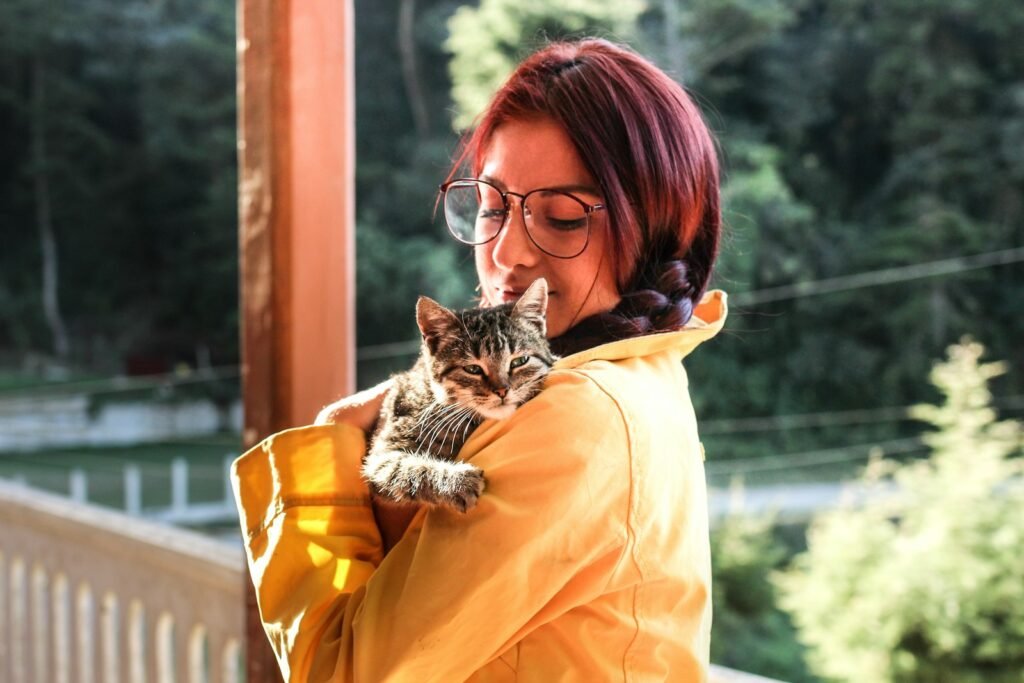
The most commonly perceived reason for purring is contentment. When a cat purrs while being petted or cuddled, it is often a sign of happiness and relaxation. This classic purr indicates that the cat feels comfortable and trusts those in its immediate environment.
Purring as a Method of Self-Soothing
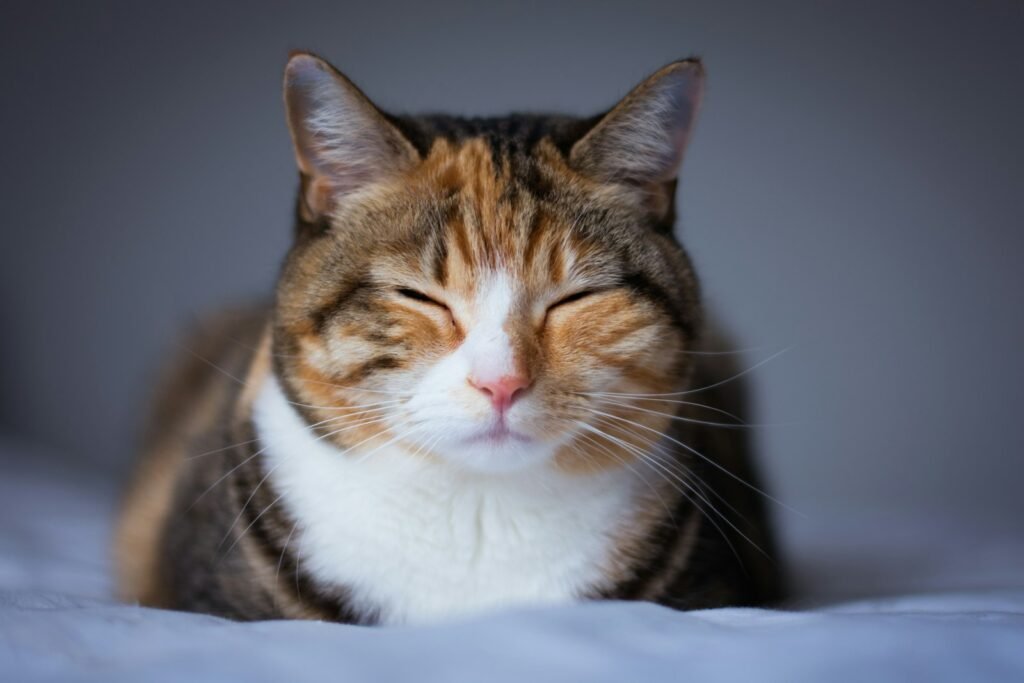
Beyond contentment, purring can serve as a calming mechanism for cats. When stressed, cats might purr to soothe themselves. It’s comparable to a child sucking their thumb, offering comfort in times of uncertainty or fear.
Healing Properties of Purring
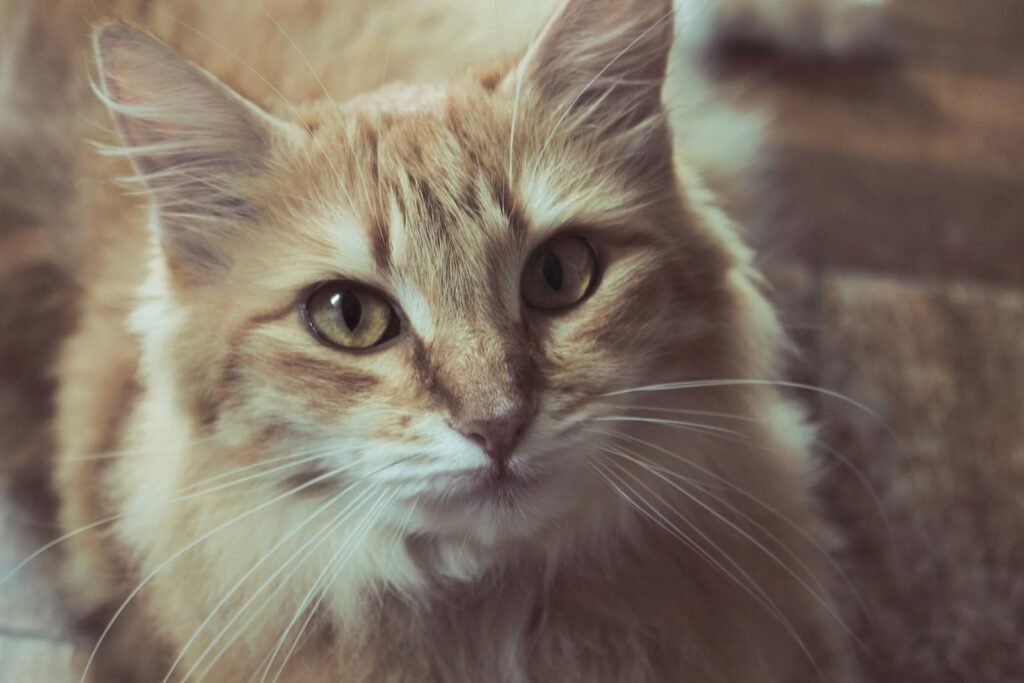
Studies suggest that purring may have health benefits. The vibration frequencies associated with purring have been linked to tissue regeneration and healing. This might explain why cats often purr when injured or ill, as the purring frequency can stimulate their recovery processes.
Attention-Seeking and Solicitation Purrs
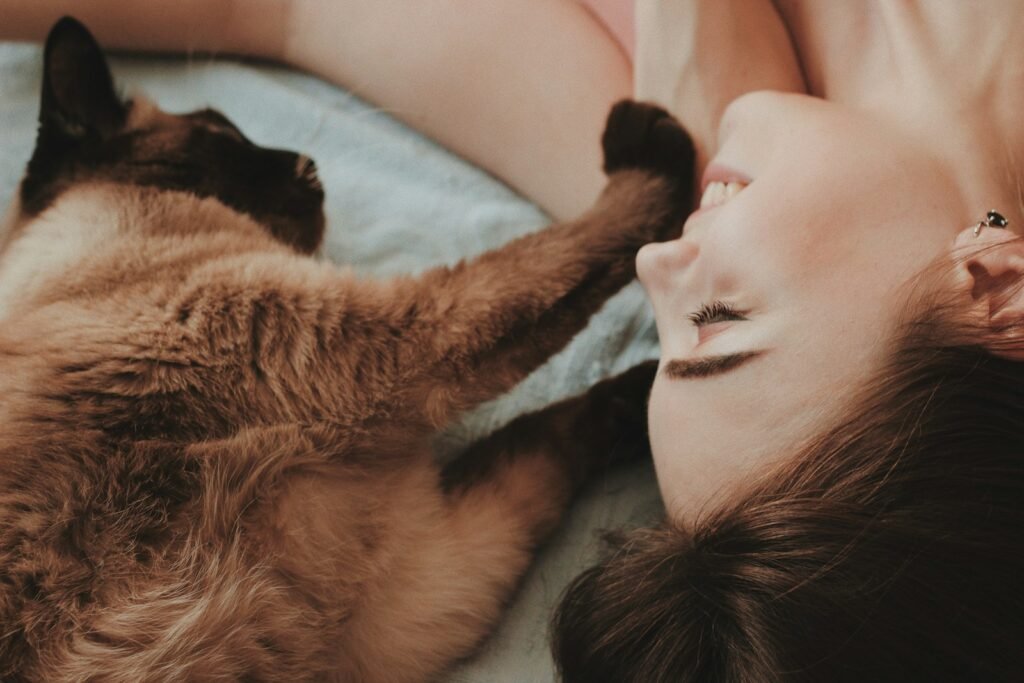
Cats sometimes employ a special type of purr known as the “solicitation purr” when seeking attention or food from humans. This purr is usually higher-pitched and more urgent than regular purring, designed to grab the owner’s attention and elicit a response, such as feeding or petting.
Mother-Cat Communication
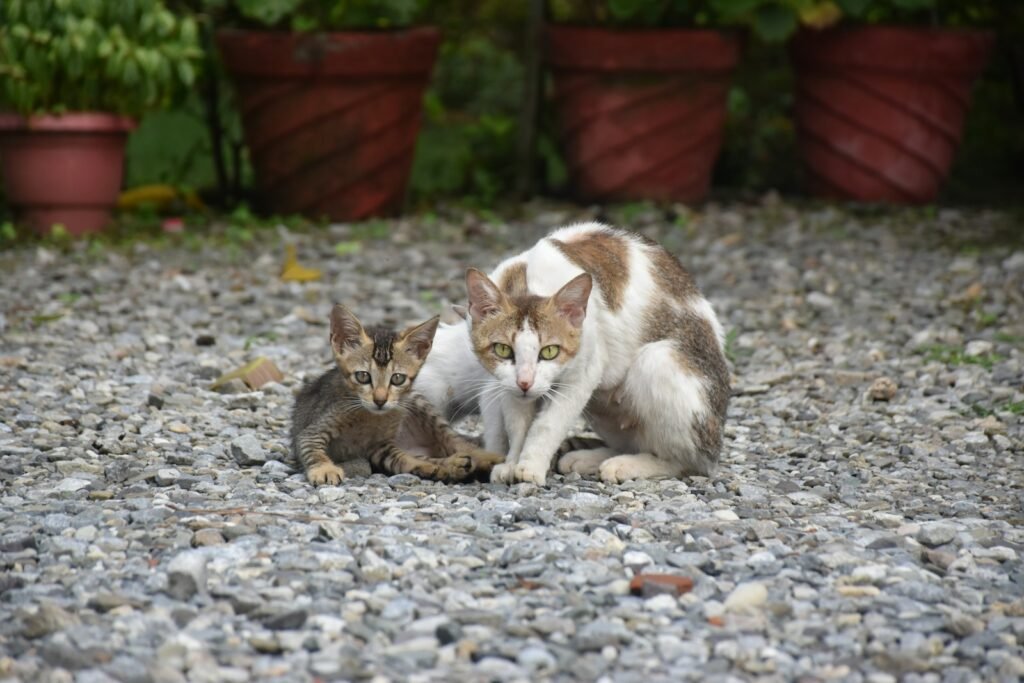
Mother cats often use purring as a communication tool with their kittens. This constant, reassuring sound helps guide blind newborns, creating an environment of safety and reinforcing maternal bonding until those kittens develop their own ability to purr.
Inter-Cat Social Bonding

In multi-cat households, purring can facilitate social bonding between cats. During mutual grooming sessions or when they rest close together, cats might purr to reinforce their social bonds and harmony within the group, signaling peace and camaraderie.
Variability in Individual Cats
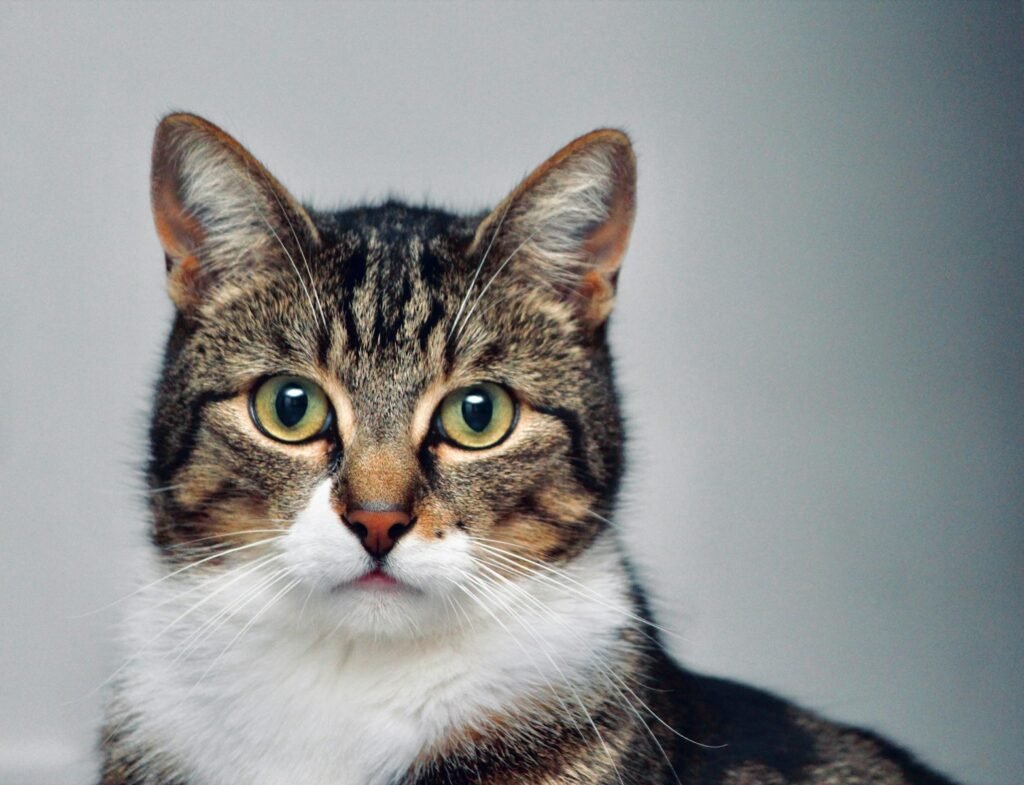
It is crucial to recognize that purring is as individual as each cat. Some cats purr louder than others, and some may even remain mostly silent. Understanding the context around which a specific cat decides to purr can provide valuable insights into its emotional well-being and health.
Conclusion: The Importance of Attentive Listening
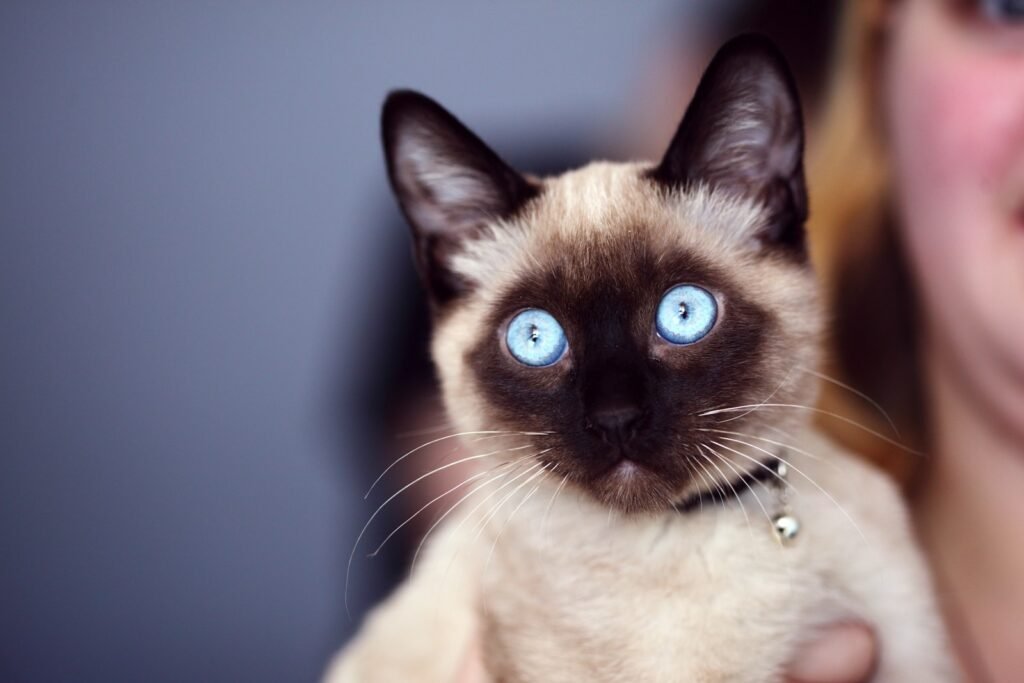
The language of a cat’s purr is indeed complex, encompassing a range of emotions and intentions. By closely observing and recognizing the reasons behind different types of purrs, cat owners can deepen their understanding and strengthen their bond with their feline friends, ultimately ensuring a happier and healthier companionship.

Suhail Ahmed is a passionate digital professional and nature enthusiast with over 8 years of experience in content strategy, SEO, web development, and digital operations. Alongside his freelance journey, Suhail actively contributes to nature and wildlife platforms like Feline Fam, where he channels his curiosity for the Feline into engaging, educational storytelling.
With a strong background in managing digital ecosystems — from ecommerce stores and WordPress websites to social media and automation — Suhail merges technical precision with creative insight. His content reflects a rare balance: SEO-friendly yet deeply human, data-informed yet emotionally resonant.
Driven by a love for discovery and storytelling, Suhail believes in using digital platforms to amplify causes that matter — especially those protecting Earth’s biodiversity and inspiring sustainable living. Whether he’s managing online projects or crafting wildlife content, his goal remains the same: to inform, inspire, and leave a positive digital footprint.






